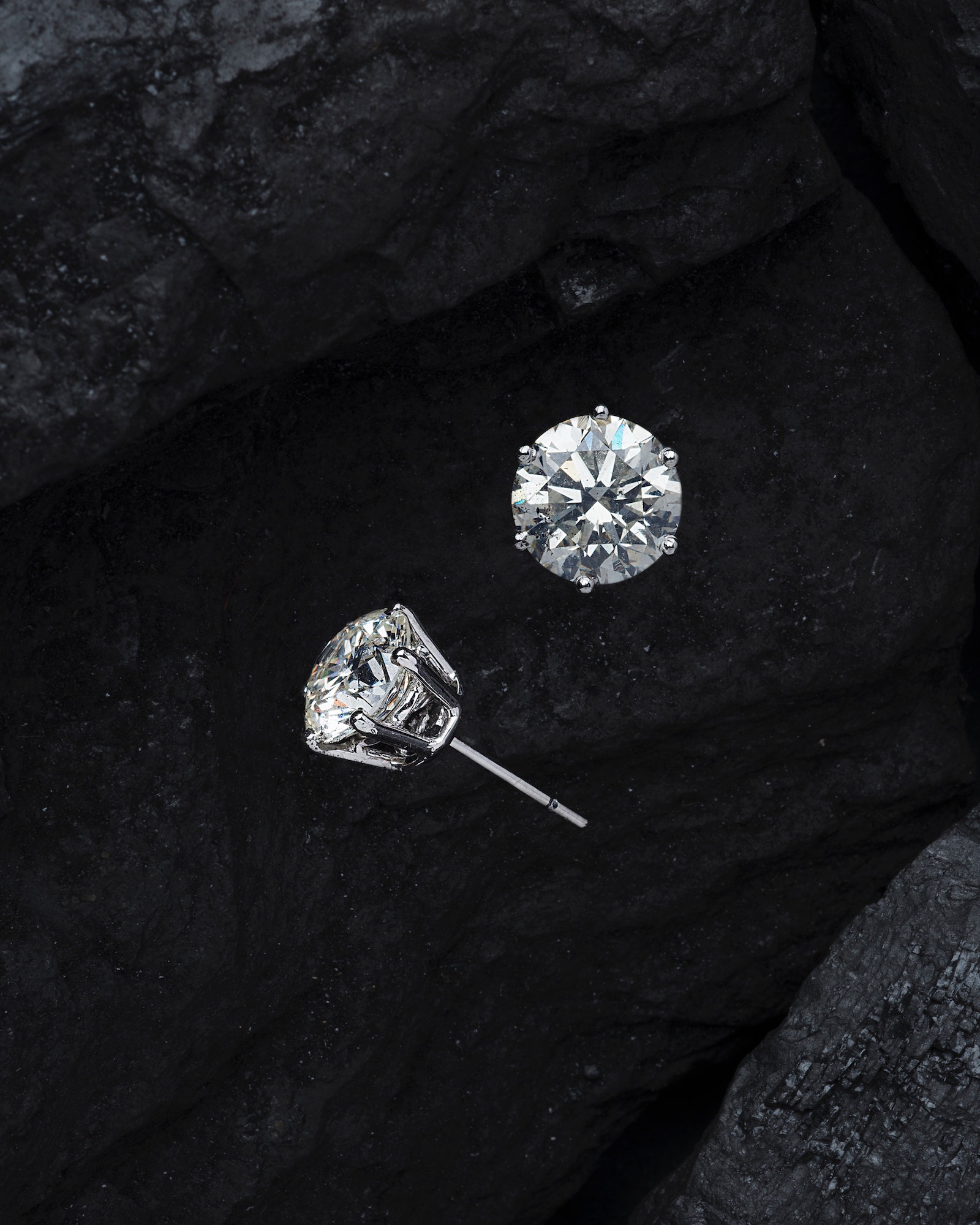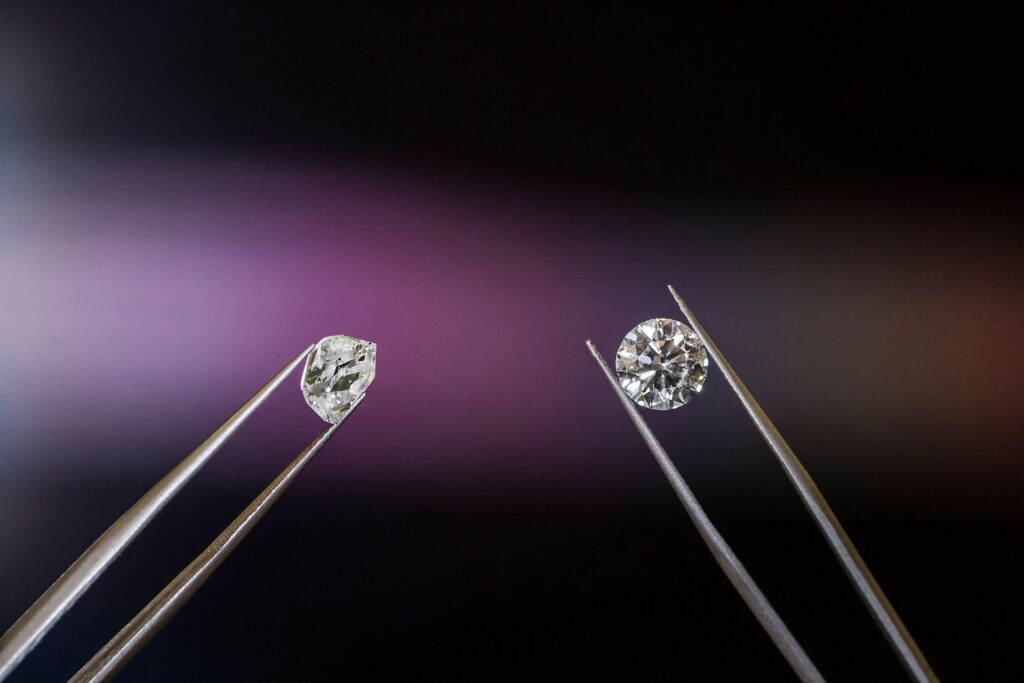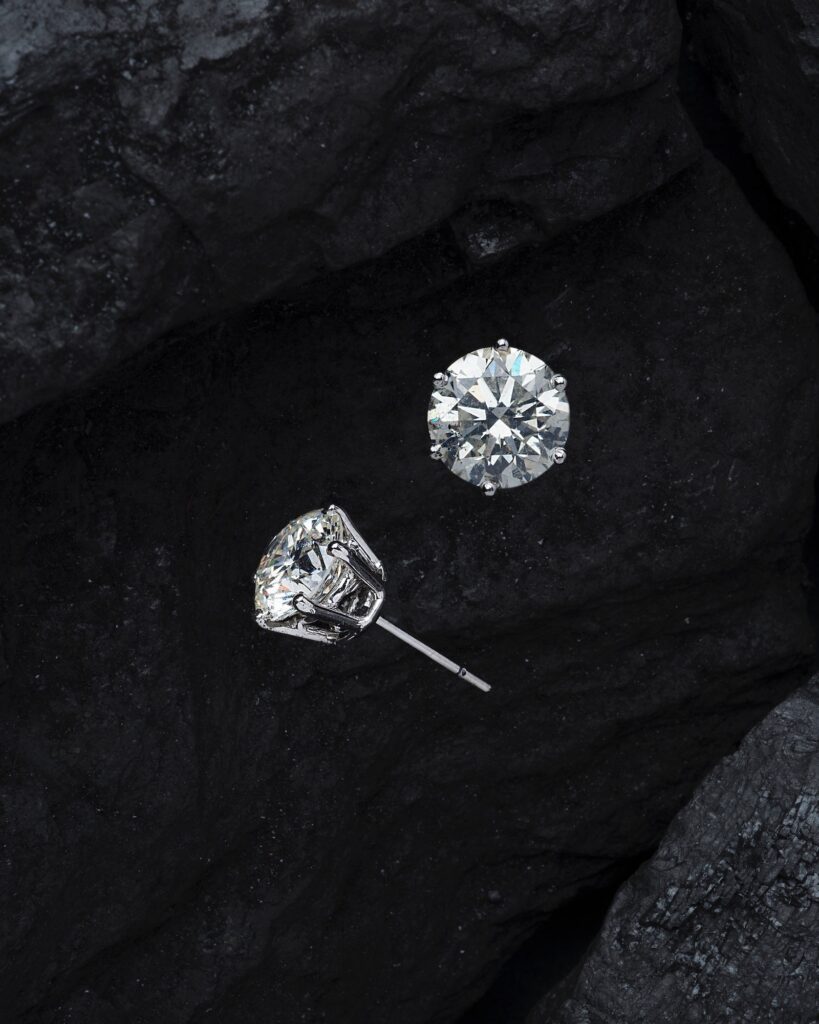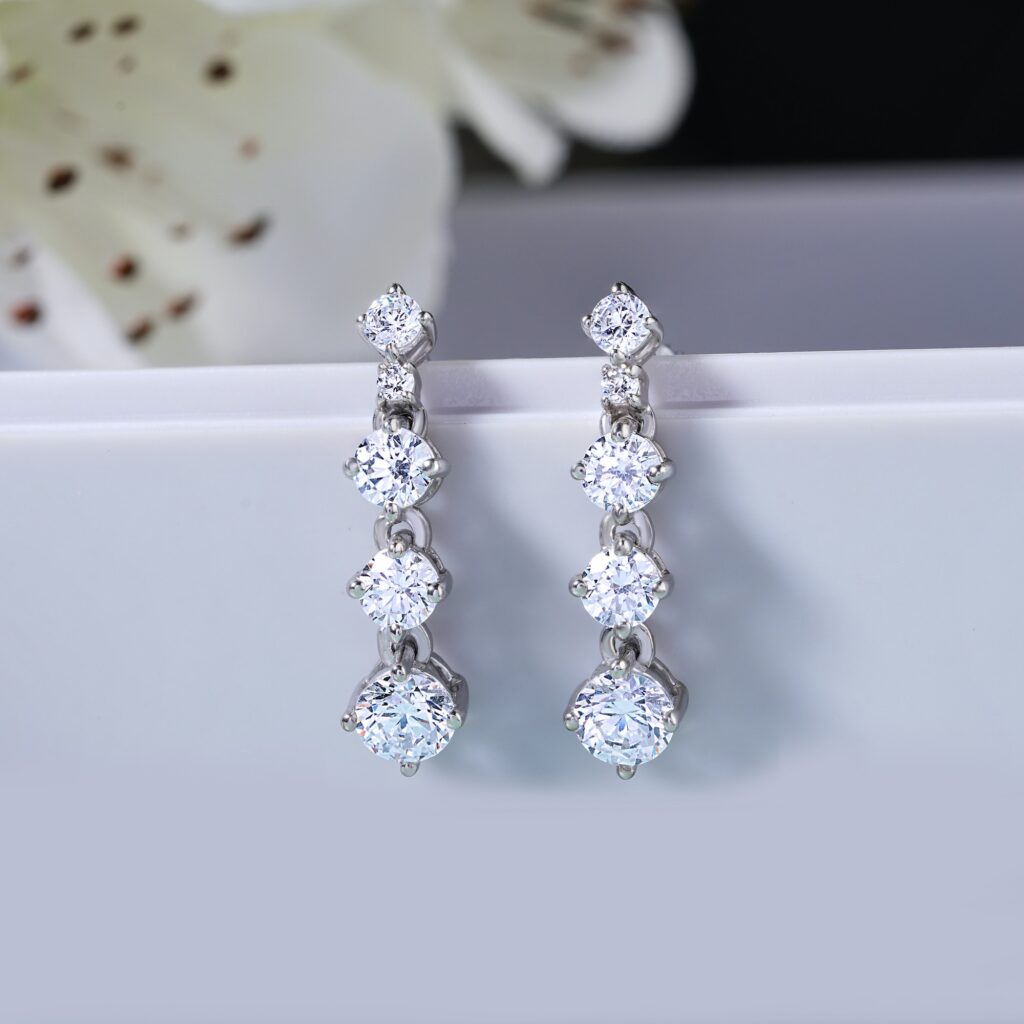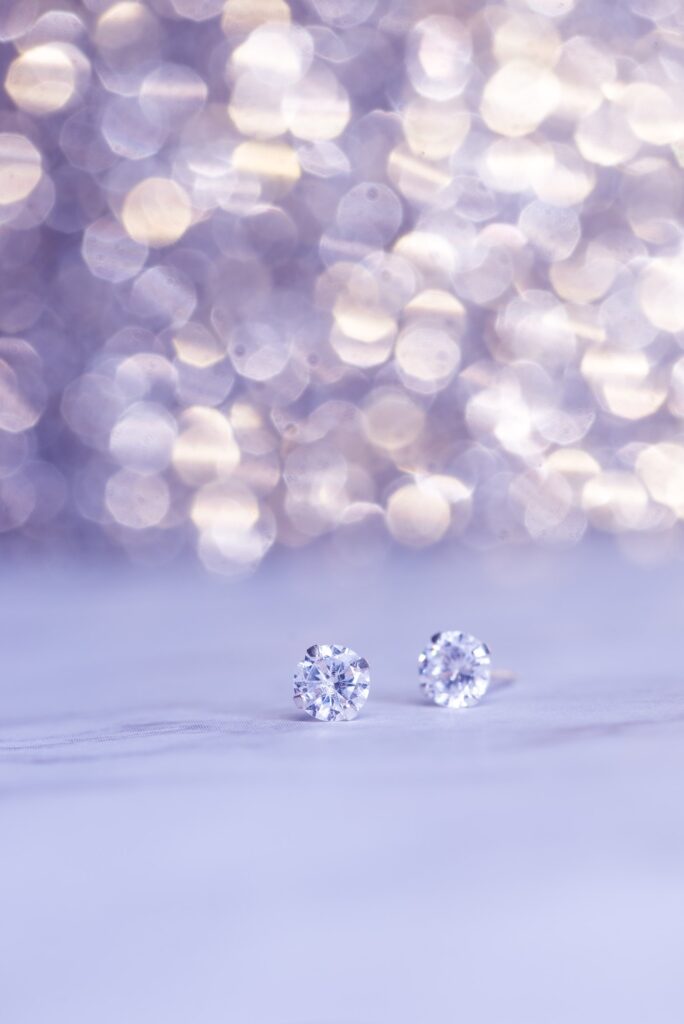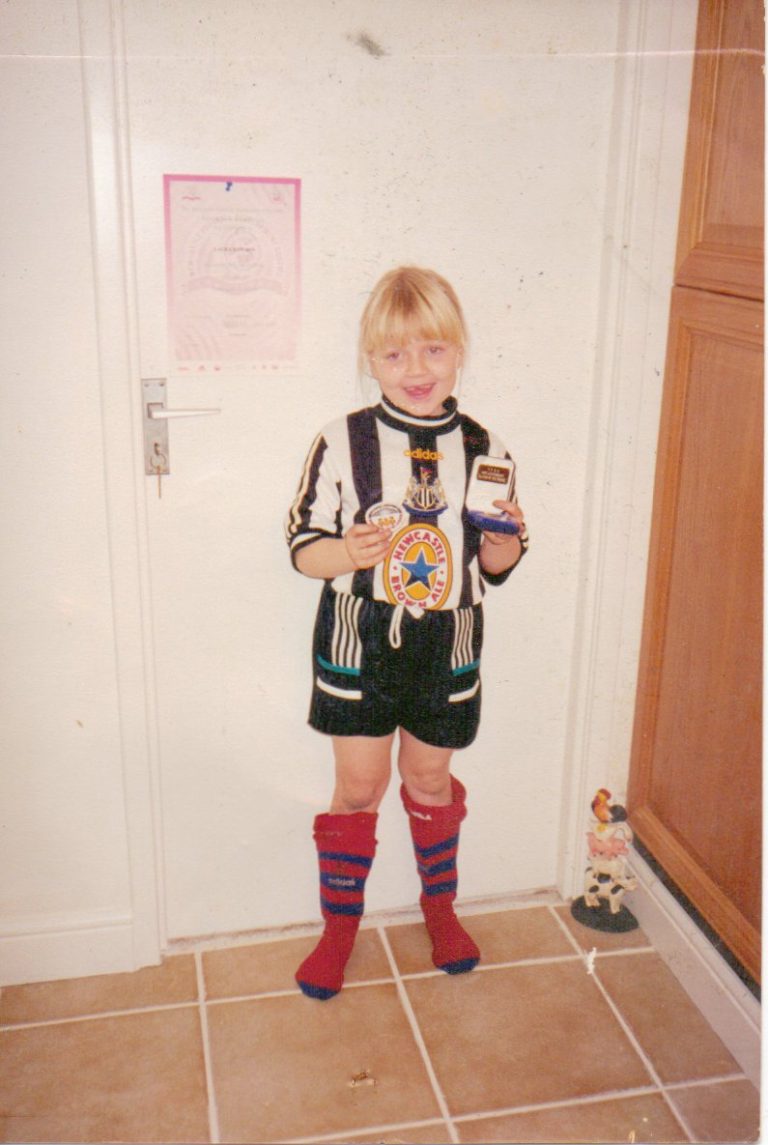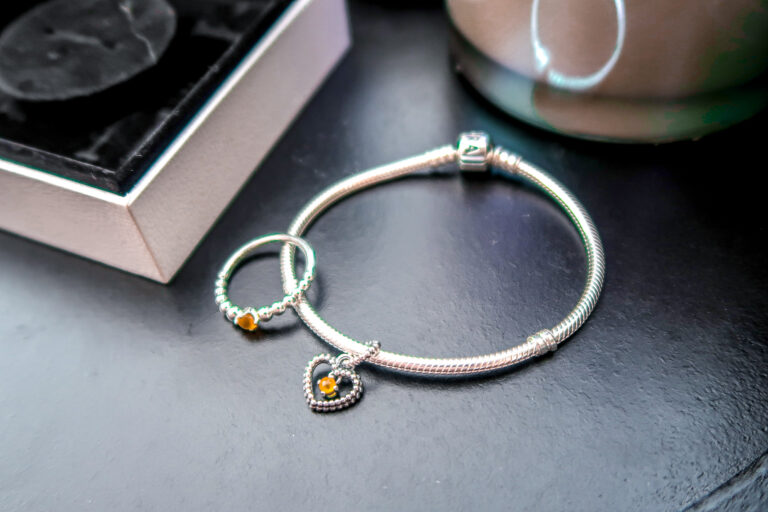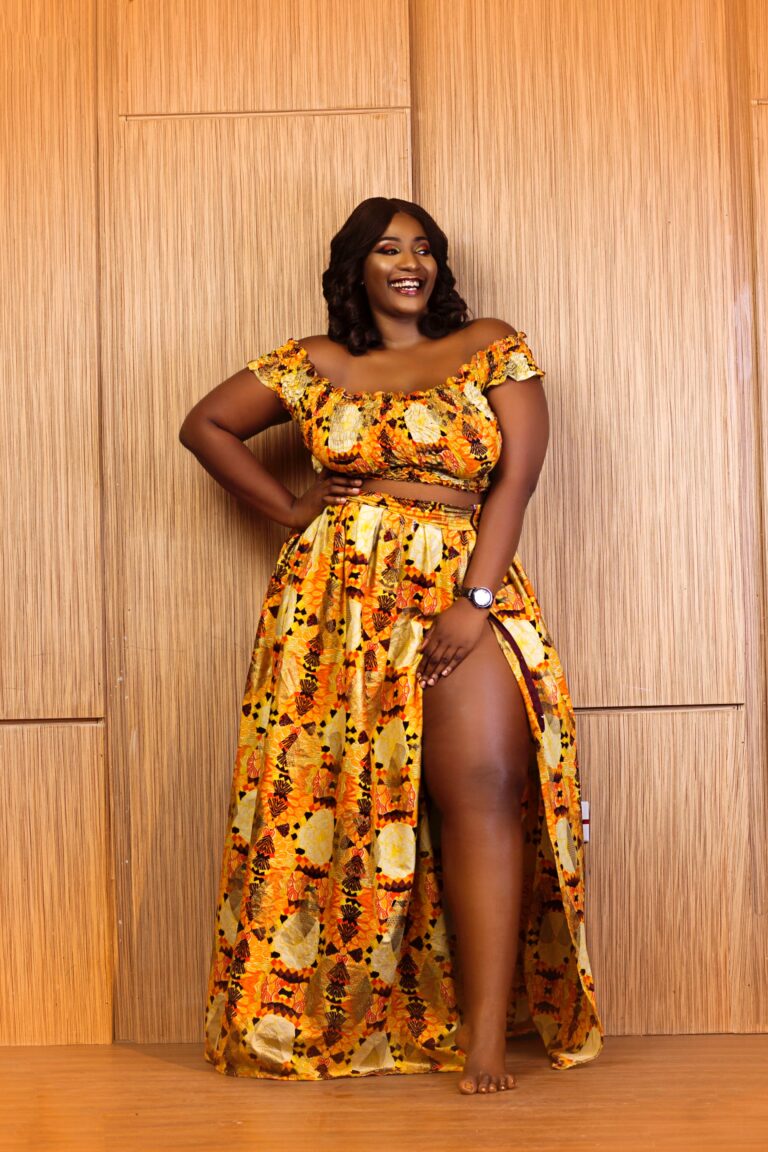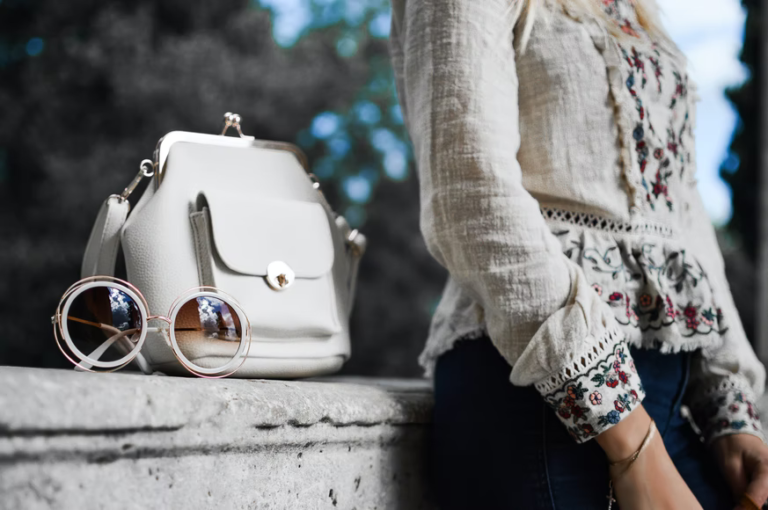3 Easy Signs to Spot Authentic Diamond Earrings
There are many types of stones, real and synthetic, that have flooded the market these days. And while it’s great that consumers can find diamond earrings to match their price point, sometimes, you just want to know the real ones from the fake ones. When can you tell if a diamond is real, when can you not? Authenticating jewelry does not have to be difficult. In fact, there is more than one way to make sure, and we are here to walk you through how.
3 Easy Signs to Spot Authentic Diamond Earrings
Find Out Yourself
Most luxury brands that sell jewelry will have branded their jewelry to let know that theirs is the real deal, and not a knock off. For diamond earrings, there are two main ways to try and figure out whether you have something legitimate or not.
The Mount Test
The first way to tell if you have a real pair of authentic diamond earrings is to check the mount. Any piece of jewelry from a high end brand including diamond earrings contains a serial number stating what order it was made.
This shows that the item is properly authenticated. Professional jewelers will usually place natural diamonds in mounts made of precious metals. The mounts are usually made of platinum, white gold, or sterling silver. A well-made piece will want to present a stamp authenticating their craftsmanship.
On the interior of a band, you can find the stamp of the type of stone type, brand logo, and serial number for the item. If this mounting is easy to read and crisp, it is another sign of quality. Modern jewelry uses lasers to etch things on the inside band these days. Despite our advances in technology though, this marking can still be difficult to replicate.
Is Your Diamond Certified?
Diamonds can also be certified. There are three main bodies that certify diamonds: the Gemological Institute of America (GIA), the American Gemological Society(AGS), and the International Gem Institute(IGI). A singular diamond or grading will come with papers certifying it of its authenticity, origin, and value. Just like when reselling a luxury item, passing along a certificate of authenticity can help retain its resale value.
Like the mount test, diamonds also have authentication inscribed onto the stone itself. This should match up with its paperwork. A regular person could order microscopes to find this inscription on the diamond itself. However, this method may not be feasible or practical for everybody.
Seeking a Professional
Visit a trusted jeweler if you do not want to go through the headache of looking for these signs of authentication. Besides selling jewelry, it is in the best interest of the jeweler to help you authenticate your item. This affects their industry in making sure people are not undervaluing their product. In some situations, they might even help you for free.
There is plenty of value in visiting a professional for an appraisal. The biggest convenience is that they have the equipment to give you the most accurate results. Jewelers, besides being able to use informal tests to check for real diamonds, have specialized equipment to test for very specific qualities in a stone to see if they are real.
For example, natural diamonds have a specific thermal conductivity. Thermal conductivity is how much heat transfers away from an object. Any reputable jeweler should have a diamond tester, which checks thermal conductivity. Besides checking for the 4 C’s (cut, clarity, color, and karat) they should own a diamond tester for the singular purpose of checking for real or fake diamonds.
The Value of a Brand
If you are bringing in jewelry to be appraised, it would be worth checking the jewelry mount and the diamond itself. Together, it can greatly increase the value of the diamond to know all pieces have been authenticated rather than just one piece. Some luxury brands may use certified diamonds, some may not.
For example, Tiffany & Co. and Cartier are two of the biggest names in the jewelry industry. With Cartier, the stamping of their jewelry tends to vary. Usually, identifying the serial number and logo inside the mount is a good indication that it is the real thing.
Tiffany & Co. began engraving serial numbers on their rings in 2000. Their sterling line of jewelry have the numbers ‘925’ authenticating their precious metal. Previously, they authenticated their jewelry with a printed letter. All their jewelry comes with a certificate of authenticity to assure quality control.
Quality control assurance is a valuable marker for a brand these days. There are plenty of affordable options on the market, but this can mean cutting corners on certain things. Diamonds have been around for a long time, and craftsman jewelers of the past took great care in their work. For those that want the real thing in their jewelry, from the stone to the setting, being aware of markers of quality and its history can be very important.

